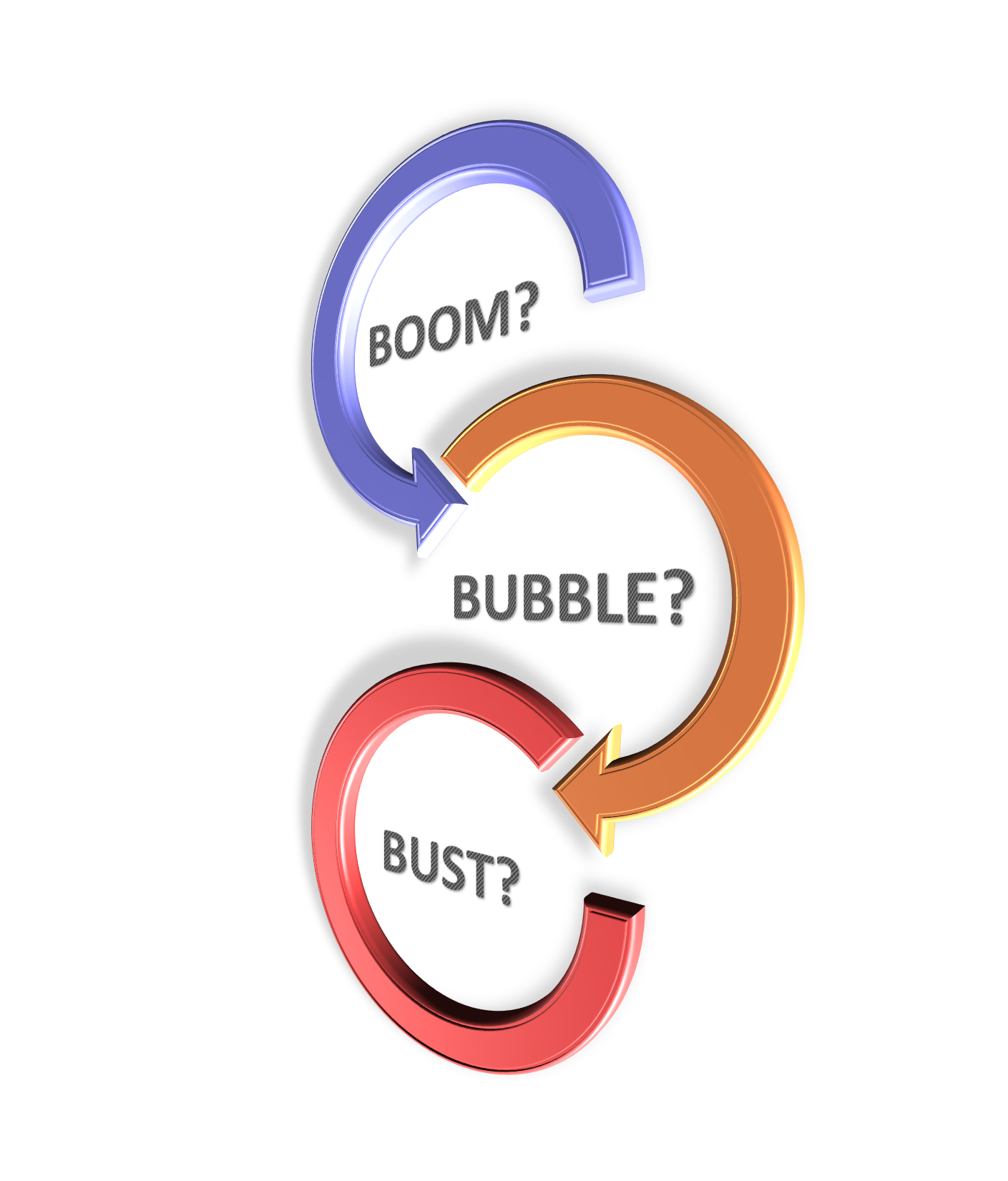
Last week I ended Part III by asking “What Next?”. Sadly, identifying a bubble does not inform you as to when it might burst - it could be a year or two away. But you can already guess how it might unfold.
Here I explore the role that ETFs are likely to play in the bust, and what to look out for before the worst falls.
Sadly, identifying a bubble does not inform you as to when it might burst - it could be a year or two away. But you can already guess how it might unfold.
When the ETF investors discover their folly and sprint for the exit (as the FT put it with surprising candour) “selling would be indiscriminate and self-reinforcing”. Some ETF prices will fall more sharply than the index because they cannot keep up with the stampede to sell - others will suspend trading and create an even bigger wall of determined sellers, in turn more and more fearful.
Even some ETF proponents have accepted that fringe ETFs will struggle. As investors find they cannot sell what is illiquid, they will quickly turn to sell what is liquid – the larger mainstream ETFs. It will be a vicious circle. And it will be contagious both around the globe and across asset classes.
Bond ETFs are not a hiding place, on the contrary. Much of the corporate bond market is illiquid, and some investors seem to think that by putting a load of junk bonds in an ETF you make them liquid. This is the stupidity (if not fraud) of 2007/8 all over again – you don’t make junk AAA-rated by bundling it with a load of other junk!
The jolt before the storm
Passive investing on the current scale is aggressive and irrational. It carries great danger for markets as a whole, equities and bonds.
“But when will it burst?” I hear you ask again. I really would love to give you a clear answer – some formula to apply – a magic date. But there are none.
The good news is that over 30 years I have had a lot of experience of very sharp market downturns, and studied many more through history. Over those 30 years the market has ALWAYS given you a jolt to get your attention just before the worst. The sharpest falls in stock markets do not come from nowhere and without warning.
After Lehman Brothers went bust you had a week or two to get out while “the smart money” was scratching its head. With “The Great Crash” in October 1987, which apparently came out of nowhere, the market had actually peaked in July, and even in the week prior to the Crash evidence mounted that it was time to sell – yes, I was there, and we did.
These “jolts” cannot easily be defined – but, like the beautiful lady, I think they can be obvious when you see them. Let’s all keep a weather eye out for this. The team and I will certainly keep on top of this.
Sell everything now?
“Yes, yes, but should I just be selling everything now and sitting in cash?"
You would like a clear “yes” or “no”, and many will give you what you want. But the truth is that this question is more about your attitude to risk than market analysis, which is imperfect to say the least – so control what you can control.
To help you on your way, which of these is most resembles you:
- Content to hold your nose, yet ready to sharply reduce your exposure to markets when we get that jolt. You’ve been there before and don’t feel under pressure to take any profits.
- Don’t feel totally comfortable, but have made some chunky profits over the last year. Why not take some profits? Then you have a bit of a buffer against sharp market falls.
- Portfolio is quite well spread already, across different types of funds, and with more than usual in cash. You feel quite comfortable.
This is basic but it will help you think about whether you should take any action right now, particularly if you don’t have an adviser providing personalised input, who knows you and your circumstances and objectives.
Beyond that we will obviously keep in touch if we see that market jolt. And I strongly recommend having a stop-loss in any event. More on that next time.
FURTHER READING